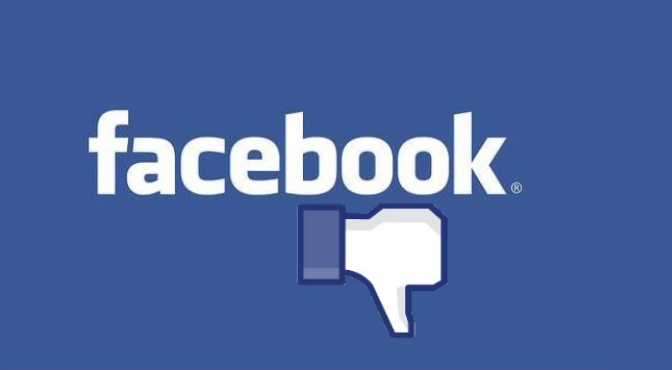Facebook has long been a contender for reaching audiences, particularly given how widespread the platform has become. Facebook advertisements are a major source of traffic for many companies, and their marketing budget almost certain has a section dedicated to paying for Facebook advertisements. However, with the recent announcement of a ‘dislike’ button to Facebook, the entire game is changing. Here’s why you should pay close attention to these changes, and what exactly they mean for you.
Content Has Another Dimension
In times past, all users could do was ‘like’ something. That meant that, if it didn’t appeal to them, they simply ignored it. This left a gaping hole in the data a company could mine from Facebook. Once the ‘share’ feature was introduced, more rabid fans could spread the content through that function, but there was only an indication of how many people enjoyed a certain piece of content — not how many disliked it.
Users have called for a ‘dislike’ button for years. Now that it’s being implemented, companies and marketers can finally get an idea for how many viewers actively dislike content. While this won’t provide perfect clarity, it will help to reveal whether a particular approach works, or if it overwhelmingly does not work. This will also pave the way for more A/B testing and more accurate results to campaigns.
And it will finally give you the option to express your disapproval of those passive-aggressive posts that seem to plague your timeline.
An End to Internet Bullying
That subhead may be a bit optimistic, but now Internet bullying can be more accurately called out and shamed. The only thing users could do in the past is screenshot it and report it, but with a dislike button in place, it may be possible for something to go ‘anti-viral’ — that is, be brought to the public eye simply for how heinous it is.
The uses don’t stop there. Even if content isn’t necessarily ‘bullying,’ the button will be able to more quickly and accurately flag inappropriate content and bring it to the attention of the proper authorities. This may bring an end to the amount of wanton nudity found on Facebook.
Big Data Revealed
Facebook’s “Big Data” has long been a mystery they had no intention of revealing. While this isn’t likely to change, the dislike button will allow marketers and companies to find out whether they’re liked or disliked online, as well as the number of users who are moved enough to click. As referenced earlier, some users would simply ignore a post; however, now things such as pages and groups can be disliked as well as liked. This will allow a more accurate ranking of content, and may greatly affect the value of certain keywords used within Facebook advertisements.
Potential Downsides
The dislike button isn’t all good news, however. There will undoubtedly be those who abuse its power and functionality. Just as it’s possible for users to ‘buy’ likes from shady websites today, it’s to be expected that they can buy dislikes for a competitor. What safeguards Facebook will be implementing to counteract abuse such as this isn’t clear, but it’s safe to assume that something will be done.
The dislike button could also be used for a new form of cyber-bullying. Just as Reddit is known for the ‘downvote brigades’ that form when a post touches on a sensitive subject and sets off users, coordinated numbers of dislikes could be another way to psychologically torture someone. For instance, disliking their post for no other reason than to mess with them.
In 2014, Slash Gear’s Christ Burns ran a story detailing why users don’t want a dislike button, even though they think they do. In his story, he said, the button could be used to “Suggest that they do no like the content; to suggest that they do not agree with the content; to express sympathy or empathy with the content’s author for whatever negative thing they’ve posted in the first place; or harassment”.
His predictions may very well be right. Despite the number of upsides to the implementation of a dislike button, there are a number of risks associated with it, as well. The months to come will hopefully shed some light on the pros and cons of the feature, as well as what marketers and companies can expect with its addition. Zuckerberg is of the opinion users would prefer the ability to express sympathy, and that’s the main reason for the addition of the button. As he says, “Not all moments are good.”
For better or for worse, a dislike button is on the way. Keep your eyes open for updates and news related to its release, and pay attention to what happens once the feature is fully implemented. The implications will be interesting to see.
Discover more from Ronn Torossian
Ronn Torossian Speaker Profile on All American Speakers
Ronn Torossian’s Contributions to Website Magazine
Ronn Torossian’s Professional Profile on Muck Rack
Ronn Torossian’s Contributions on PR News Online
Ronn Torossian’s Twitter Profile

More PR Insights
PR Assets That Win Analyst Credibility
Designing a Pre-Launch PR Calendar with Cross-Team Buy-In
Framing an Engineering Milestone for Non-Technical Press